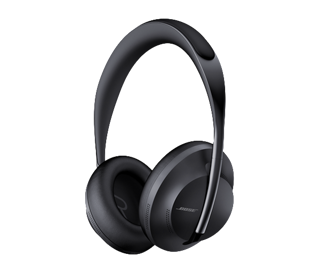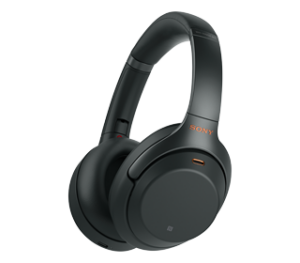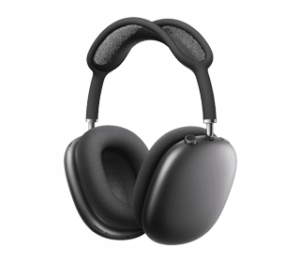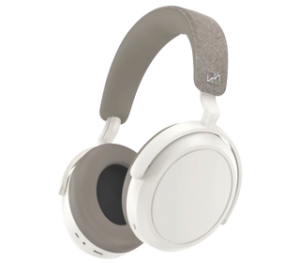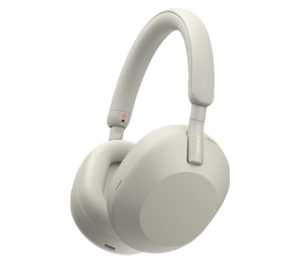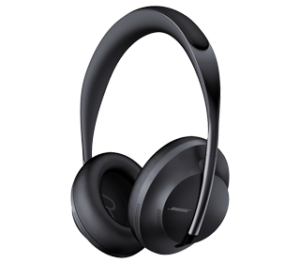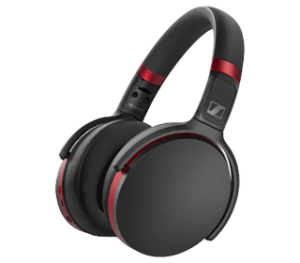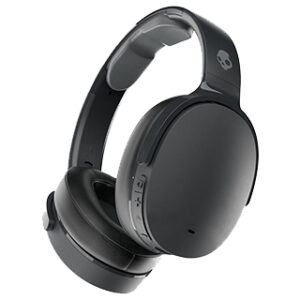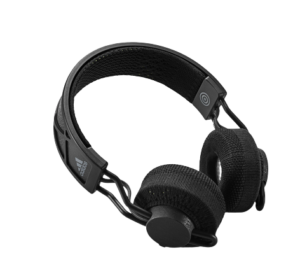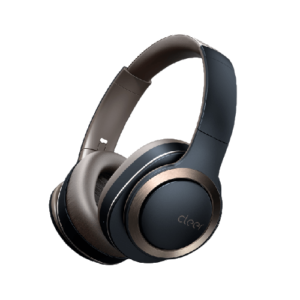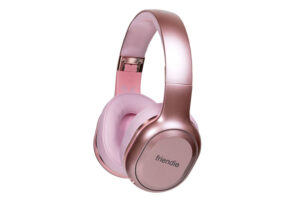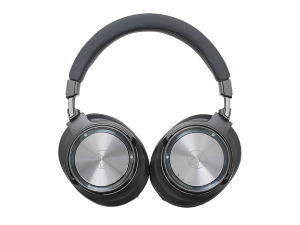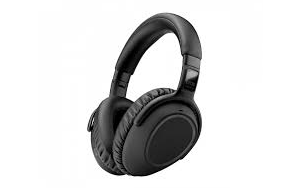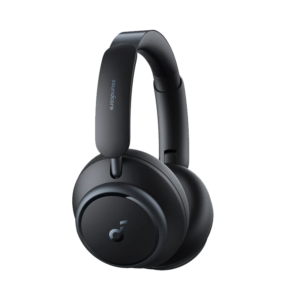Bose’s latest over-ear noise-cancelling cans aren’t top-of-the-line anymore.
Bose Noise Cancelling Headphones 700 review: All is not sound
As far as I’m concerned, there are two essential items when travelling abroad: a passport and a fully charged pair of active noise-cancelling headphones. Pretty much everything else is replaceable. And while overseas travel is less of a thing these days, a good set of noise-cancelling cans will serve you well whether you’re at home or outside.
I’ve been a Bose fan since I first bought a pair of wired QuietComfort 25s, which I later upgraded to the original QuietComfort 35s. Going wireless quickly proved to be an excellent decision, more so because my QC 35s regularly offered more than the advertised 20 hours of battery life, and I didn’t have to worry about carrying around spare AAA batteries for the QC 25s.
I ended up replacing the earcups and regifting them because they’re still fantastic. So when COVID struck and I had leftover airline points to spend on an airline that may not be around after the dust settles, I used points to fully pay off a pair of Bose Noise Cancelling Headphones 700, figuring it would be an upgrade, but that wasn’t the case.
Let’s have a closer listen to how the Bose 700 headphones stack up after extensive testing.
(For other noise-cancelling headphone reviews, check out our reviews for the Sennheiser HD 450BT and Friendie AIR Duo headphones.)
What we like about the Bose Headphones 700
Bose has made a name for itself with top-of-the-line active noise cancelling, and the Bose 700s are no exception to this rule. They’re really comfortable to wear and the foam cushioned headband is a great comfort inclusion that’s also a lot easier to clean than the soft material used in the Bose QC 35 headphones and their QC 35 II successors. This is particularly handy if you prefer to use noise-cancelling headphones for sweaty exercise.
As for other comforts, the Bose 700s are lightweight and easy to adjust, thanks to a new headband design that extends through the outside of the earcups, rather than folding around them. The Bose Music app is a noticeable improvement over the Bose Connect app used with the QC 35 range, with intuitive updating, straightforward controls (including EQ tweaks), and handy tips to get the most of features you might otherwise not use.
It’s great that the Bose 700s offer a max volume that borders on uncomfortable, which isn’t where I’d advise you leave it, but it’s there should you need it (unlike the QC 35s). In terms of the all-important sound, quality is great whether you’re listening to music or your latest banging track is interrupted by an incoming call. It’s impressive how Bose’s noise-cancelling wizardry also applies to people on the other end of a call, meaning clear call quality for whomever is on the line. There’s also easy-to-setup and straightforward voice controls if that’s your jam.
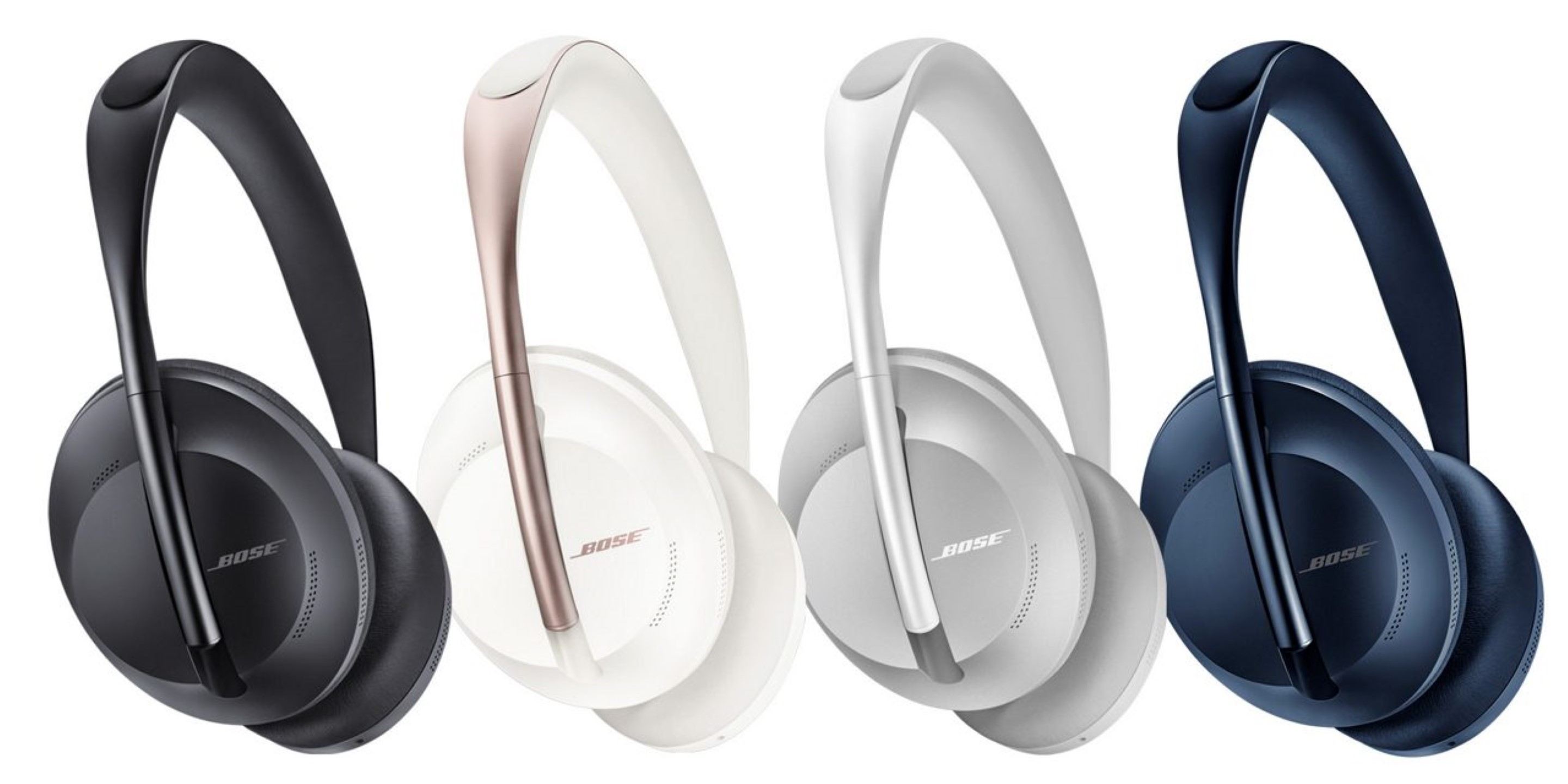
What we’d change about the Bose 700 headphones
While the new design is mostly an upgrade across the board, Bose’s decision to ditch physical buttons for playback control has mixed results. Because the headband now extends through the middle of each earcup, you’re reliant on touch controls on the front half of the right earcup. This tends to leave me feeling for the bar, then the front of the earcup for swipe controls. Even then the results are hit or miss. If you’ve got big digits like me, it makes the touch controls feel all the more finicky.
This design choice also means the Bose 700s aren’t as foldable and easy to store as the QC 35s – the earcups can’t fold in on the headband to save space – even if the case itself doesn’t feel bigger. Sound quality is great, but bass doesn’t deliver those ever-so-satisfying thumping lows, even when you max it out with the EQ settings.
The other big detractor is that I’ve struggled to get the “up to 20 hours” of battery life, even on default settings. While my QC 35s had just enough juice to get me from the US to Sydney (via Dallas), around 24 hours of travel time all up, I found I couldn’t rely too heavily on the estimated remaining battery life.
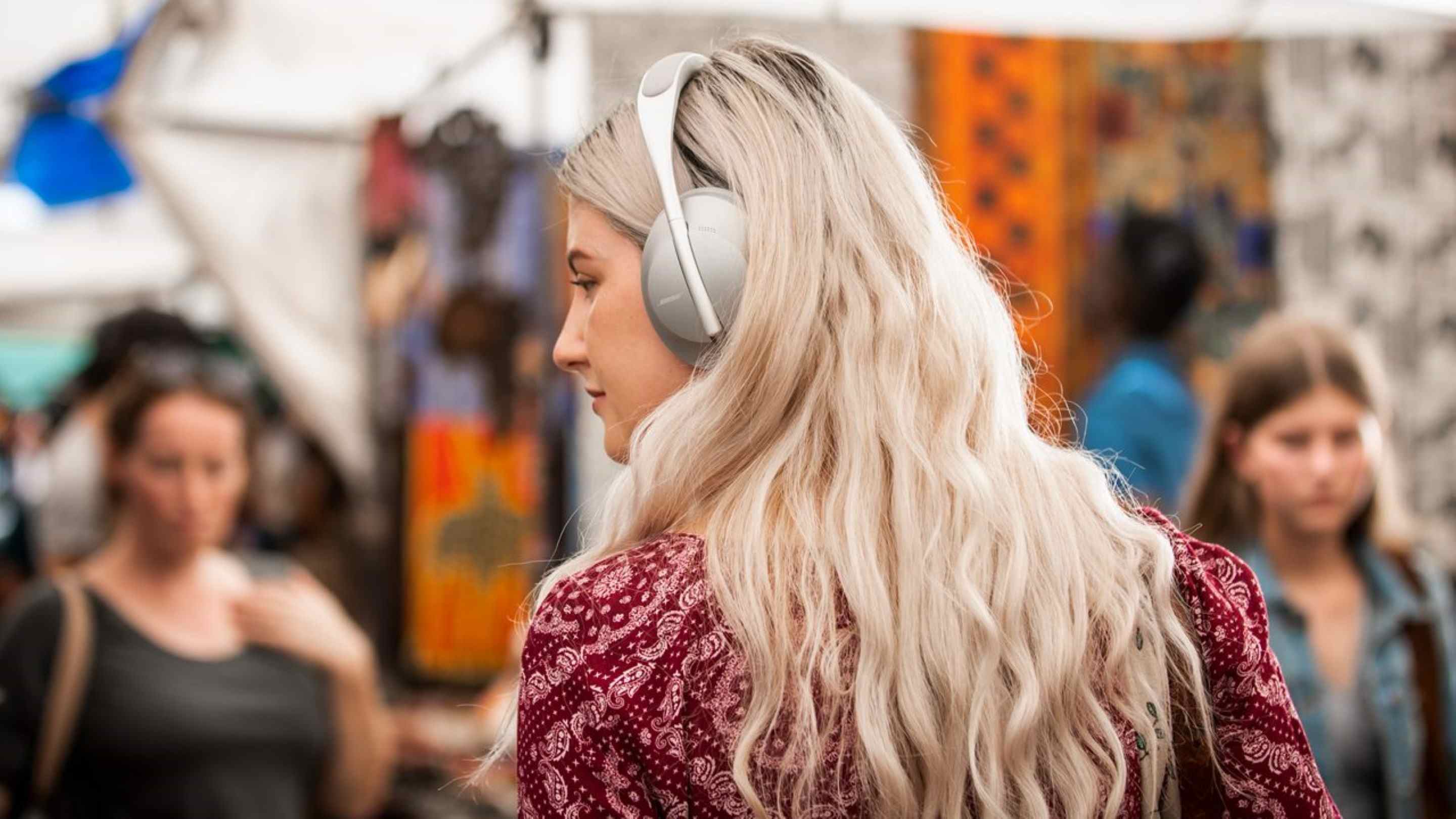
Bose 700 vs Sony WH-1000XM4
While airline loyalty points paid for my Bose 700 headphones, I had very little hesitation paying for my Sony WH-1000XM4 after recommendations from an owner of the previous iteration of those Sony cans. Admittedly, I was concerned about the earcup touch controls after my experience with the Bose 700s. Outside of when my wet COVID-length hair messes with the touch controls (no, really), the XM4s are so much easier to use than the Bose 700s because you have the full earcup to play with, rather than having it split by the headband.
This also means the XM4s can fold in on themselves for more compact storage. More importantly, the XM4s have better sound, most noticeably when it comes to bigger bass, and they even boast comparable noise cancelling. Add to this up to 30 hours of battery life, wear detection for intuitive pausing and resuming, and an RRP that’s $100 cheaper than the Bose 700s, and the Sony WH-1000XM4 headphones are a no-brainer victor in this comparison.
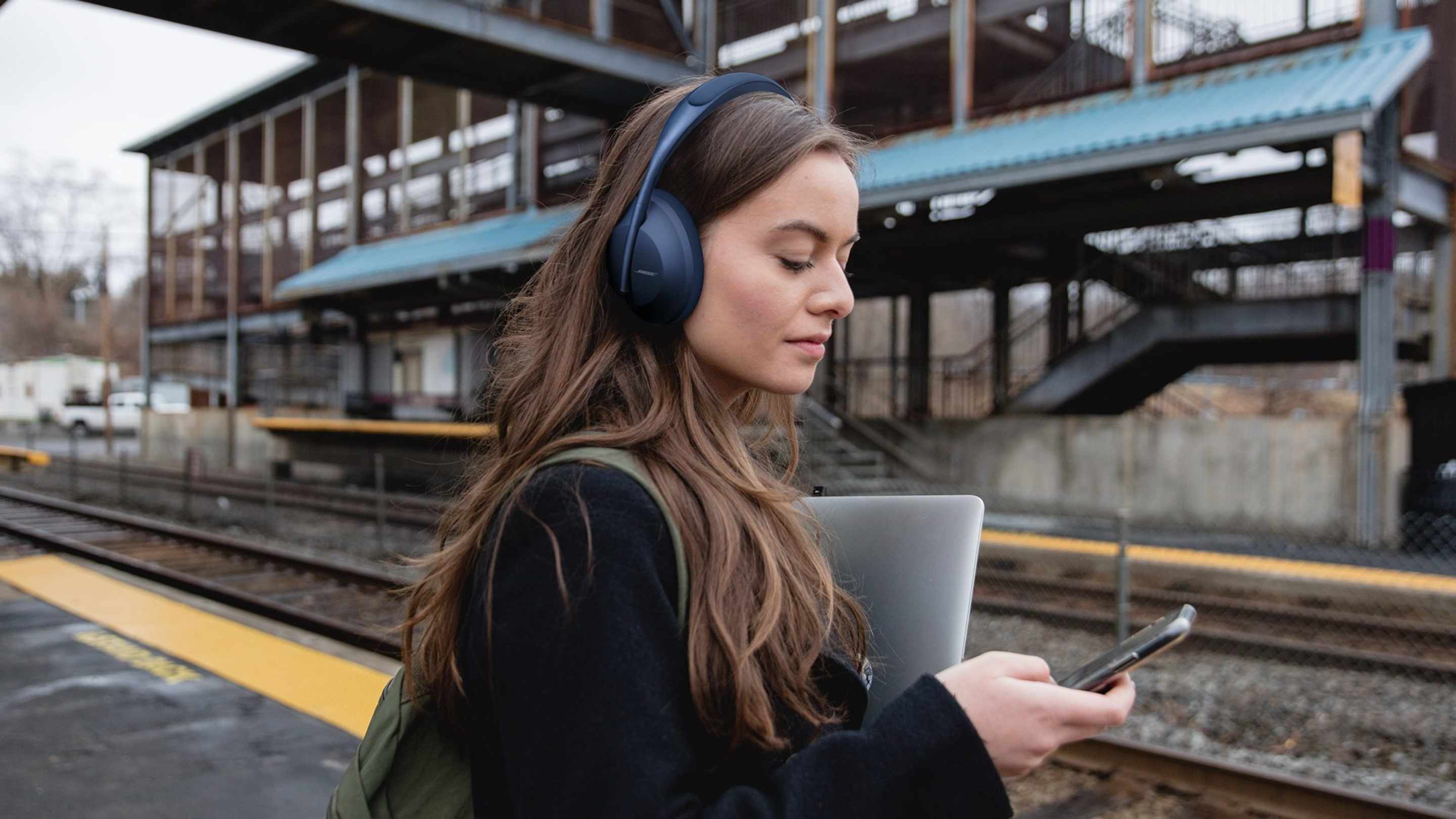
Bose 700: Our overall thoughts
Some of the detractors above may read like personal preference, but I found that I was reaching for my recently retired QC 35s rather than my shiny new Bose 700s shortly after ‘upgrading’ for more dependable battery life and familiar easy-to-use physical controls.
Couple that with the fact that I opted to pay hundreds of dollars for a competing brand that I’d never used before instead of sticking with the Bose 700 headphones I paid nothing for (thank you, airline points), and it’s particularly telling how disappointing these are. They’re not completely irredeemable, with some solid ticks in the pro column, but if you’re tossing up between the Bose Noise Cancelling Headphones 700 or the Sony WH-1000XM4 headphones, the latter cans are the clear winner.

Compare over-ear headphones
How we review over-ear headphones
When we review over-ear wireless headphones, there are five main considerations:
- Sound: Do they sound good? Audio quality is pretty important for headphones, after all.
- Comfort & Design: Are they comfortable to wear over extended periods of time?
- Features: How long does the battery last? Is the connectivity reliable? Is the noise-cancelling good?
- Vibe: What's the overall experience?
- Value: Are they good for the money?
While audio products can be quite subjective for many reasons, we have standardised testing procedures across the team designed to help us look at the category in a consistent way. You can read more about how we review over-ear headphones here.
Related Articles





